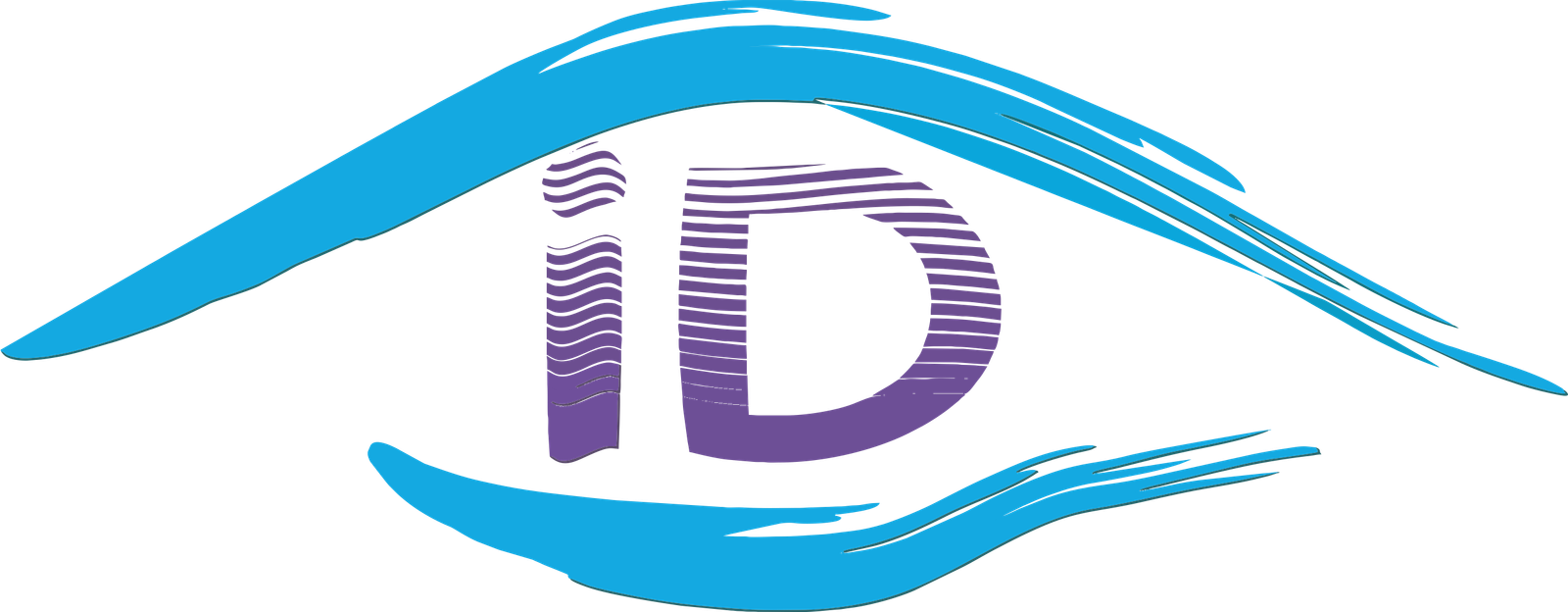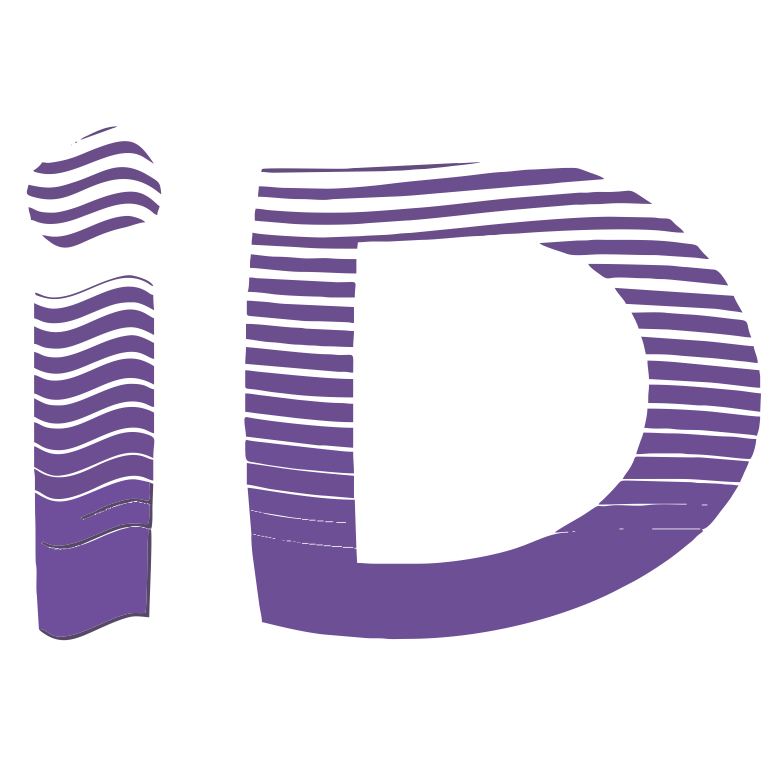Identifying Design Needs for Effective Solutions
Identifying design needs is the first crucial step in creating effective solutions. In this blog post, we’ll explore why it’s important to identify design needs and how to do it effectively. Firstly, understanding the user’s needs through user research is essential. Secondly, defining the problem and analyzing the data can provide valuable insights. Thirdly, collaborating with stakeholders can bring new perspectives to the table. Finally, prototyping and testing are crucial to validate the solutions. By following these steps and prioritizing design needs identification, designers can create solutions that have a positive impact on the world around us.
Why Identifying Design Needs is Important:
By identifying design needs, you can ensure that your solutions are tailored to your users’ unique needs and expectations. As a result, you can create more successful designs that align better with user preferences and requirements. Additionally, identifying design needs can distinguish you from competitors by offering unique and innovative solutions. Therefore, it’s crucial to prioritize the identification of design needs in your design process to ensure your designs are user-centric and effective.




To ensure your design meets your users’ needs, it is important to identify those needs effectively.
How to Identify Design Needs:
There are several ways to identify design needs, including:
- Conducting user research to understand user needs and pain points.
- Analyzing competitors’ designs to see what works and what doesn’t.
- Using data and analytics to gain insights into user behavior and preferences.
- Considering the context in which your design will be used, including the physical environment and cultural factors.
Let’s take a closer look at each of these methods.
Conducting User Research: Firstly, user research is one of the most effective ways to identify design needs. By conducting surveys, interviews, and usability tests, you can gain valuable insights into your users’ needs and preferences, ultimately creating designs that are more user-centered and effective.
Analyzing Competitors’ Designs: Secondly, analyzing competitors’ designs can help you understand what works and what doesn’t in your industry. This can help you avoid common mistakes and offer unique solutions that stand out from the competition.
Using Data and Analytics: Thirdly, data and analytics can provide valuable insights into user behavior and preferences. By analyzing website traffic, social media engagement, and other metrics, you can gain a better understanding of how users interact with your design and identify areas for improvement.
Considering Context: Lastly, the context in which your design will be used can also impact its effectiveness. Consider physical factors such as lighting, temperature, and noise levels, as well as cultural factors such as language and social norms.
By using these methods, you can ensure that your design meets your users’ needs and preferences.
The Benefits of Identifying Design Needs:
Identifying design needs can lead to a range of benefits, including:
- More effective solutions
- Increased user satisfaction and engagement
- Improved brand reputation
- Greater competitive advantage
To create effective and impactful designs, designers must identify design needs. They can achieve this by conducting user research, defining the problem, analyzing the data, collaborating with stakeholders, and prototyping and testing. Through user research, designers gain insights into users’ needs and preferences.
Defining the problem ensures that designers address the right challenges. Analyzing the data enables designers to make informed decisions and identify patterns and trends. Collaborating with stakeholders ensures that designers consider all perspectives.
Finally, prototyping and testing help designers validate their solutions and make necessary improvements. Prioritizing design needs identification helps designers create solutions that meet users’ needs, provide a competitive advantage in the market, and ultimately have a positive impact on the world.






